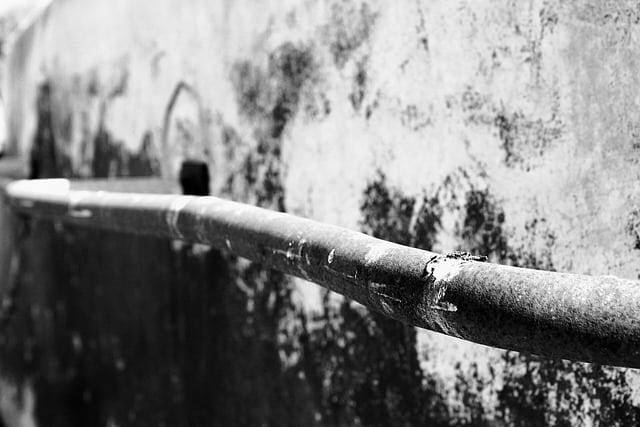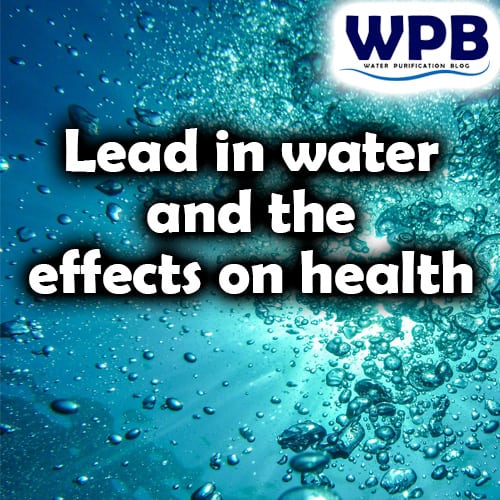The Dangers of Lead in Water: Understanding the Risks and Prevention
Lead is a toxic metal that can cause a range of health problems, particularly in children and infants whose developing brains and bodies are more vulnerable. Lead exposure can occur in many ways, and one of the ways is through drinking water.
Table of Contents
Understanding the Risks of Lead in Water
Lead can cause serious health problems, particularly in young children, infants, and pregnant women. Even low levels of exposure to lead can have adverse effects on a child’s IQ, learning ability, and behavior.
In adults, lead exposure can cause high blood pressure, fertility problems, and nerve disorders.

How Lead Enters Water
Lead can enter drinking water when plumbing materials that contain lead corrode, especially where the water has high acidity or low mineral content that corrodes pipes and fixtures. The most common sources of lead in drinking water are lead pipes, faucets, and fixtures.
Additionally, lead can enter the water supply through other means. For example, lead can leach from lead-based solder used to join copper pipes or from lead-based brass in faucets.
Corrosion caused by galvanized iron pipes, which can contain lead, can also contribute to lead in water.
Signs of Lead in Water
Unfortunately, lead in water is usually colorless, odorless, and tasteless, making it difficult to detect without testing. However, if you live in an older home, have lead pipes or plumbing fixtures, or experience any of the following symptoms, it is essential to have your water tested for lead:
- Stomach pains or cramps
- Headaches
- Irritability
- Fatigue
- Joint pain
- Anemia
Prevention and Treatment of Lead in Water
Preventing lead exposure from drinking water starts with identifying if your water is at risk. You can contact your local water utility to determine if your water source contains lead or have your water tested by a certified laboratory.
If your water is at risk of containing lead, there are several measures you can take to reduce exposure:
- Run cold water for at least a minute before using it for drinking or cooking
- Only use cold water for preparing food or beverages
- Use a filter that is certified to remove lead from drinking water, such as activated carbon filters, reverse osmosis systems, or distillation systems
- Replace plumbing fixtures or pipes that contain lead
- Avoid boiling water to remove lead since it can increase the concentration of lead in the water
- Use bottled water as a temporary solution, but be sure to confirm that the water is lead-free
If you or a loved one is experiencing lead poisoning, seek medical attention immediately. Treatment options include chelation therapy, which uses medication to remove the lead from the body.
Conclusion
In conclusion, lead exposure through drinking water is a serious issue that can cause long-term health problems. The most effective way to protect yourself and your family from lead in water is to identify the potential sources of lead, have your water tested, and take appropriate measures to prevent exposure.
By being proactive and taking the necessary steps, you can ensure that your drinking water is safe and free of lead.
FAQ: Lead in Water
Does boiling water remove lead?
Boiling water does not remove lead. In fact, boiling water can actually increase the concentration of lead in the water by evaporating off some of the water and leaving behind the lead.
Does lead in water go through skin?
Yes, lead in water can pass through the skin and enter the body. However, the amount of lead that is absorbed through the skin is generally much lower than the amount that is absorbed when drinking contaminated water.
What happens if lead is in your water?
Exposure to lead in drinking water can have serious health effects, especially for children and pregnant women. High levels of lead can cause damage to the brain, kidneys, and other organs, and can lead to developmental problems in children.
How to remove lead in water?
To remove lead from water, it is necessary to use a specialized filtration system, such as reverse osmosis, distillation, or activated carbon filtration. It is important to note that not all filters are effective at removing lead, so it is important to choose a filter that is specifically designed for this purpose.

Who am I?
I am working as a water treatment technical manager and I have more than 25 years of practical experience in water purification.
Water purification expert
After many years of experience in water purification, I want to share some of my knowledge and get people to know the real importance of water quality.
Water purification and water treatment are very complex themes, so it is important to explain them in an easy-to-read way.
On this blog, you will find many understandable, easy-to-read information about water purification.
I hope you enjoy it, find some useful information, and thank You for reading.
More info on my work and my expertise on water purification can be found on my LinkedIn profile.






